Walking around the bush at night with a headlight reveals myriad tiny emerald coloured lights shining back at oneself. On close inspection, these beautiful jewels are the eyes of myriad ground-dwelling spiders.
One that I found recently had me scratching my head.
Who am I?
I have the excellent “Field Guide to Spiders of Australia” by Robert Whyte and Greg Andersons (CSIRO publishing), but there are so many spiders in the book that it was a bit challenging to find the right one. I noted the interesting pattern of eyes and found a match in the eye patterns in Jenny Shields “Spiders of Bendigo” (Bendigo Field Naturalists Club).
The distribution of eight eyes tells the story
The two forward-curved rows of eyes are characteristic of the Ant-eating Spiders – Zodariidae. Going back to the big book, I came to the conclusion that this one is a species of Habronestes. As the common name implies, they feed on ants. They look ant-like, make movements like ants and some species even secrete pheromones to smell like ants. I didn’t get to see this one catch and ants, but I think my light was cramping its style.
Ant-eating Spider – Habronestes sp.
My lights were quite helpful for another subject. Wolf Spiders are the ones most likely to have those emerald shining eyes. Their eyes have a reflective layer which makes them brightly reflect torchlight. I found this one emerging from its burrow in amongst some thin leaf litter.
Wolf Spider – Tasmanicosa sp.
As I was watching what it would do next, it leapt forward and snatched a small moth, possibly attracted by my headlight.
Munching on a moth
Those big eyes help them hunt by night or day, grabbing prey with their strong legs. According to the Filed Guide, some species are large enough to catch reptiles and frogs and even Cane Toads. I was quite stunned when this one again jumped forward and grabbed a Painted Cup Moth, quickly pinning it down and injecting it with poison. One less Cup Moth to breed up.
A Painted Cup Moth in the process of becoming part of a Wolf Spider

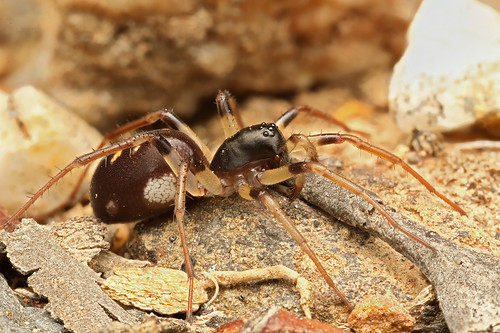
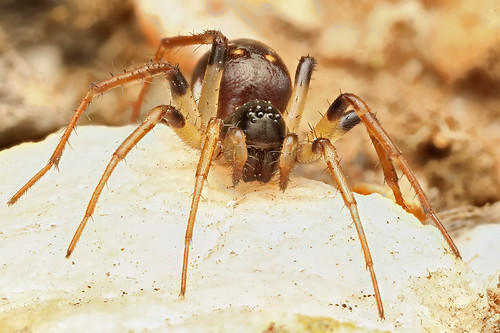
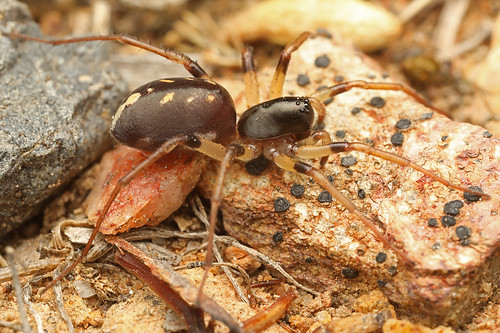
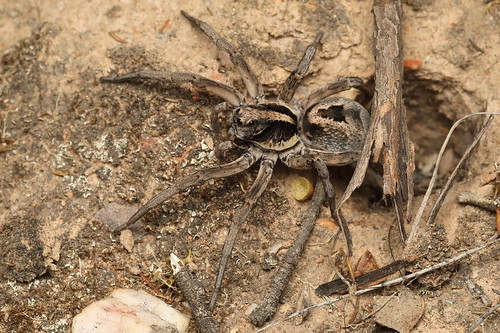
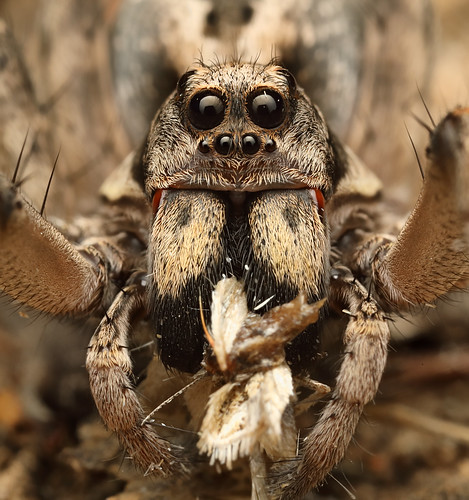
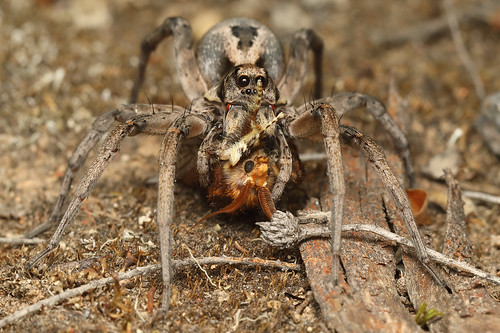


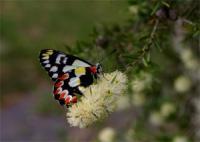
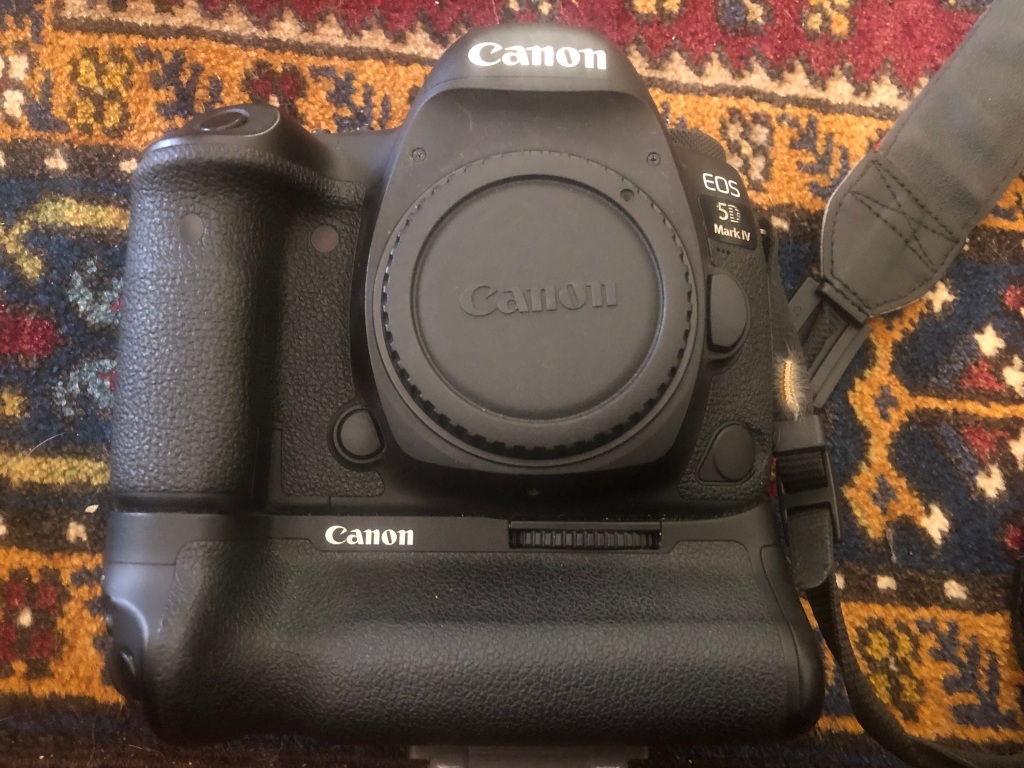
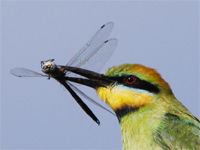





Such interesting commentary to these wonderful photos Patrick .. thank’s so much for sharing.
Fascinating shots, Patrick.
That ‘munching on a moth’ is just fantastic.